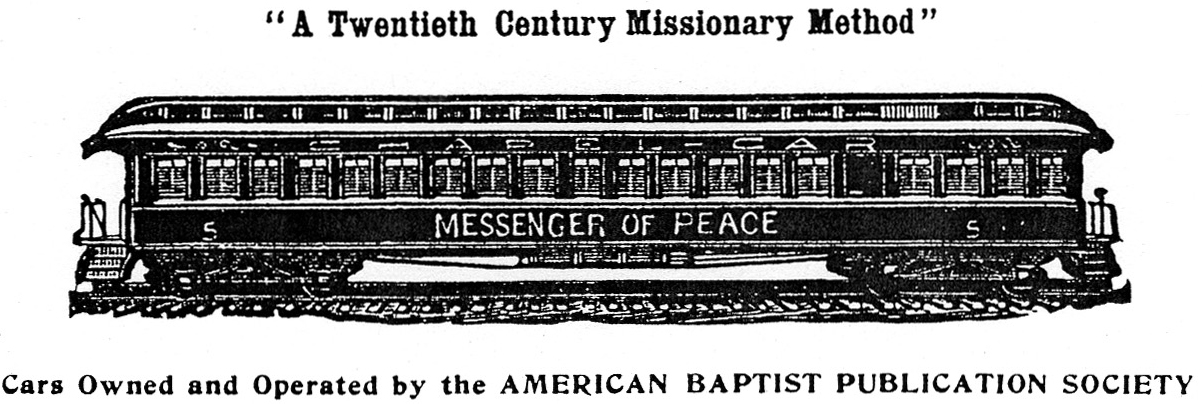![]()
| Introduction |
| Short history of the car |
| Living in the chapel car |
| Car 5 travels |
| Saving car 5 |
| Moving to Snoqualmie |
| Stabilization |
| Rehabilitation |
| Accolades |
| Funding the project |
| References and more |
 |
| Supported by |
 |
 |
Washington State Heritage Capital Projects Fund administered by the Washington State Historical Society |
 |
| Schwab Fund for Charitable Giving |

Religion arrives on the frontier . . . by train
As the railroad expanded westward in the late 19th Century morals, moderation and stability of frontier communities were often left to whims of citizens, or they were at best an afterthought of their founders. Frontier and mining towns of the south and east were similarly affected. In scores of communities there was little evidence of any organized religion and in 19th Century America this was widely viewed as a moral failing. So where there was no church and no pastor, in the eyes of many gentlefolk of the day, there was little hope of salvation. That would soon change in hundreds of settlements and communities across the country. Organized religion had discovered how to use the railroad as a tool of modern evangelism. So the same railroad that brought vice to the frontier was about to bring - at least in the eyes of the church and its supporters, and as a general society value of the day - civility, morality, stability and faith.

From the boomtown of Everett, Washington, to the almost lawless town of Thurmond, West Virginia, chapel cars transformed communities. Thirteen cars are known to have existed, and they represented Baptist, Catholic and Episcopal churches. Today, few people know the story of chapel cars, yet they played a fascinating and compelling role in late 19th and early 20th Century development and settlement.
Visit additional pages on this web site to learn more about chapel cars, but especially about Messenger of Peace, the 5th Baptist chapel car. Listed on the National Register of Historic Places in 2009, the Messenger of Peace is a surviving example of a chapel car and late 19th Century wooden railroad car construction.
A major rehabilitation effort on Messenger of Peace began in late 2010 and achieved substantial completion in December 2012. Progress has been documented on the Museum's blog; a list of the posts is included on the references page. So check out the story, see how the car was used, and understand how compelling and influential the railroad's impact was on everyday life just 100 years ago.